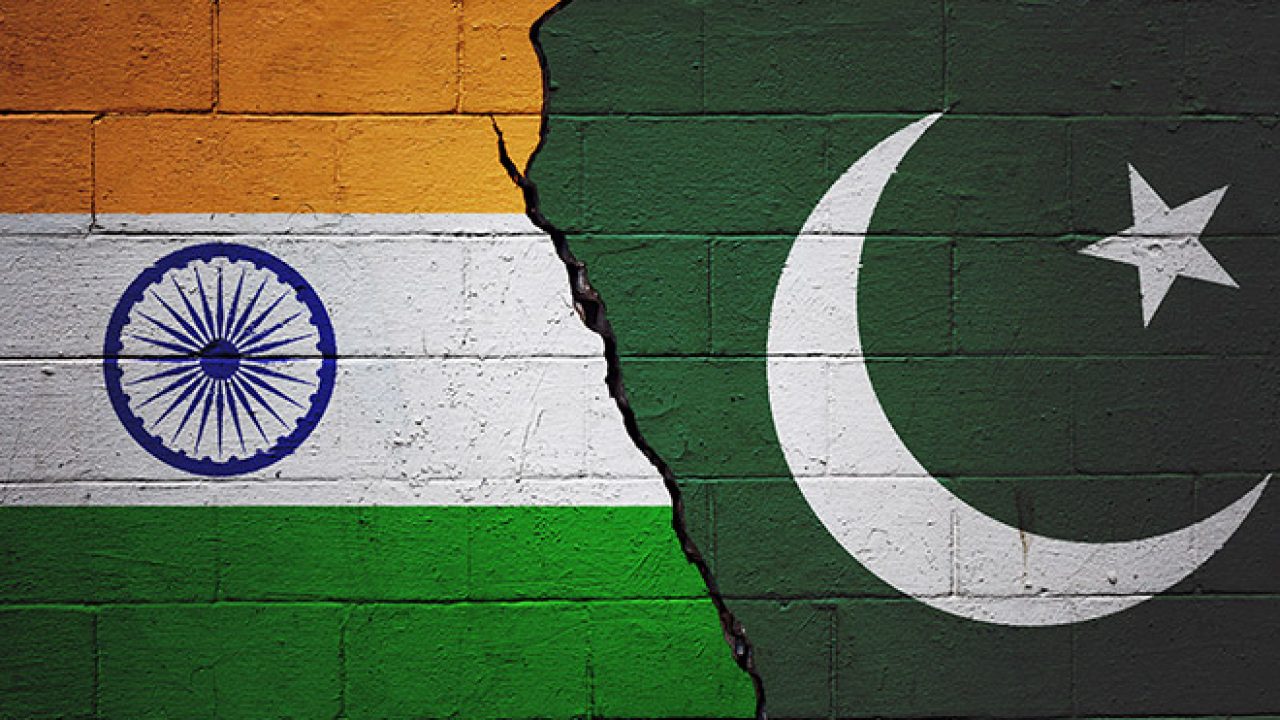India-Pakistan Ceasefire: Analysis And Implications For The Future

Table of Contents
The Current State of the India-Pakistan Ceasefire
The current situation regarding an official, comprehensive India-Pakistan ceasefire is complex. While there have been periods of relative calm along the Line of Control (LoC) in Kashmir and other border areas, no formally declared and universally adhered-to ceasefire agreement currently exists. Instead, periods of reduced fighting are often the result of informal understandings or de-facto ceasefires, punctuated by intermittent escalations. Official statements from both governments often focus on maintaining peace and avoiding escalation, but specifics of any agreed-upon terms are generally not publicly released.
- Key terms of the ceasefire agreement (if any): The absence of a formal agreement makes defining key terms difficult. However, implicit understandings often involve limitations on certain types of military actions.
- Areas covered by the ceasefire: Ceasefire understandings typically apply to sections of the LoC in Kashmir and the International Border, though their application is often inconsistent.
- Mechanisms for monitoring and enforcement: Effective monitoring mechanisms are lacking. Third-party involvement is minimal, and verification of compliance is difficult.
- Past instances of violations and their impact: Violations, ranging from sporadic firing to more significant clashes, frequently occur, undermining confidence and highlighting the fragility of the situation. These violations often lead to casualties and further exacerbate tensions. Understanding the context of these ceasefire violations is critical for analyzing the current state of the India-Pakistan border.
Underlying Factors Contributing to the Ceasefire (or Periods of Reduced Fighting)
Periods of reduced fighting between India and Pakistan are often influenced by a confluence of factors. These include:
- Domestic political considerations in both India and Pakistan: Internal political pressures, such as elections or domestic crises, can incentivize governments to seek periods of calm to improve their domestic standing.
- Regional and international diplomatic efforts: International actors frequently play a role, exerting diplomatic pressure to de-escalate tensions and encourage dialogue between India and Pakistan.
- Economic impacts of prolonged conflict: The high economic cost of sustained conflict can push both countries towards seeking temporary resolutions to focus on development.
- Public opinion and social movements: Growing public fatigue with conflict and the rising cost of military spending can influence governmental decisions. These factors influence the dynamics of Indo-Pak relations.
Potential Implications and Challenges
A sustained ceasefire offers considerable potential benefits, but also faces significant challenges:
- Opportunities for improved bilateral relations: Reduced fighting creates space for dialogue and confidence-building measures, potentially paving the way for improved relations.
- Economic benefits of peace: Peace would allow both countries to redirect resources from defense to development, fostering economic growth and improving the lives of their citizens.
- Risks of renewed conflict: Underlying issues, particularly the Kashmir dispute, remain unresolved. These unresolved issues could easily reignite conflict, making the peace precarious.
- Challenges in addressing underlying issues like Kashmir: The Kashmir issue is a major obstacle. Finding a mutually acceptable solution is critical for achieving long-term stability. These challenges highlight the need for effective conflict resolution strategies.
Future Outlook: Long-Term Prospects for Peace Between India and Pakistan
Achieving lasting peace between India and Pakistan requires addressing the root causes of conflict and building sustainable mechanisms for peaceful conflict resolution. The prospects remain uncertain:
- The role of regional and international actors: Continued involvement of regional and international actors is vital in mediating disputes and supporting dialogue.
- The importance of dialogue and diplomacy: Sustained and meaningful dialogue is essential to addressing the underlying issues and building trust. This will require a commitment to India-Pakistan peace talks.
- The need for addressing underlying grievances: Addressing concerns and grievances of both sides is crucial for building lasting peace and addressing the Kashmir ceasefire issue.
- The potential for future breakthroughs or setbacks: The path to peace is likely to involve both progress and setbacks, requiring patience, persistence, and a commitment to peace-building.
Conclusion: The Future of the India-Pakistan Ceasefire and Beyond
The India-Pakistan ceasefire, or rather the periods of reduced conflict, represents a fragile yet crucial step towards long-term peace. While the potential benefits are significant, the challenges remain substantial. Maintaining a sustainable peace requires addressing the underlying issues, fostering dialogue, and encouraging regional and international cooperation. The future of India-Pakistan relations hinges on the commitment of both nations to a sustained peace process. We encourage you to engage in further research on the India-Pakistan ceasefire and related issues, promoting continued discussion and awareness about the crucial need for peace-building between these two nations. Share this article to raise awareness about the complexities of the India-Pakistan ceasefire situation and its implications for regional stability.

Featured Posts
-
 Night Hunter Tracking And Identifying Nocturnal Animals
May 12, 2025
Night Hunter Tracking And Identifying Nocturnal Animals
May 12, 2025 -
 Ice Raid Sparks Public Outrage And Confrontation
May 12, 2025
Ice Raid Sparks Public Outrage And Confrontation
May 12, 2025 -
 Thomas Muellers Bayern Munich Future A Look At The Reactions And Implications
May 12, 2025
Thomas Muellers Bayern Munich Future A Look At The Reactions And Implications
May 12, 2025 -
 Ines Reg Et Chantal Ladesou Tensions Sur Le Plateau De Mask Singer
May 12, 2025
Ines Reg Et Chantal Ladesou Tensions Sur Le Plateau De Mask Singer
May 12, 2025 -
 Tam Krwz Ky Mwjwdh Grl Frynd Kwn He
May 12, 2025
Tam Krwz Ky Mwjwdh Grl Frynd Kwn He
May 12, 2025
